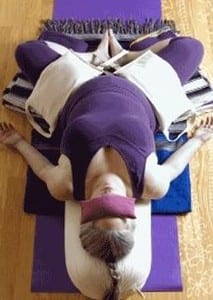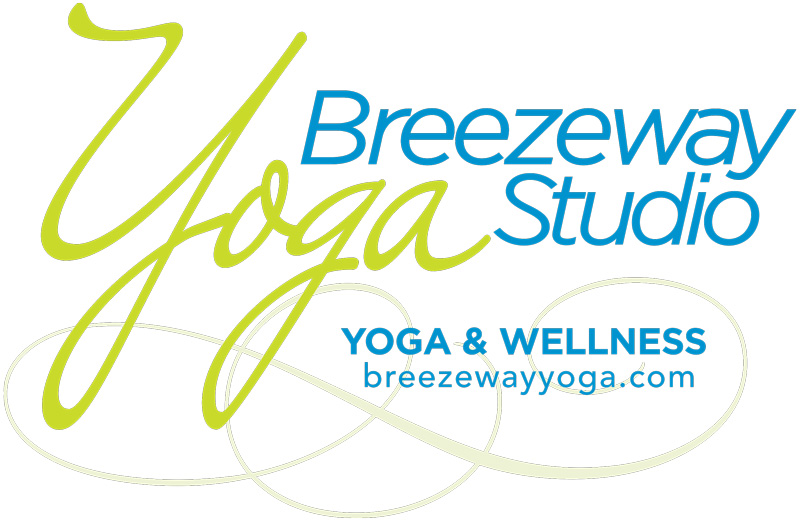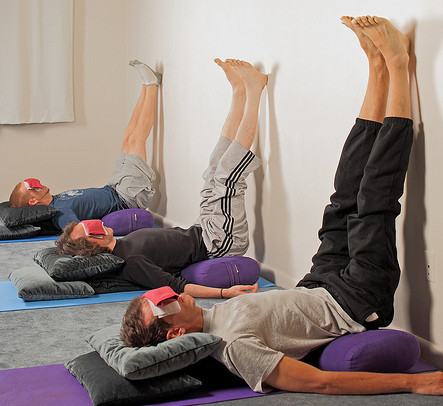 Friday, October 16th | 7:00 pm – 9:00 pm
Friday, October 16th | 7:00 pm – 9:00 pm
Relax. Renew. Restore. The next Restorative Yoga Session with Patty Dougherty is scheduled for Friday, October 16th, 7:00 – 9:00 PM. Restorative yoga is a series of supported poses with gentle stretches and simple inversions.
Spaces go quickly for this class so connect with Patty soon to reserve a space – 951-6024 or email pattyyogamail@gmail.com.


